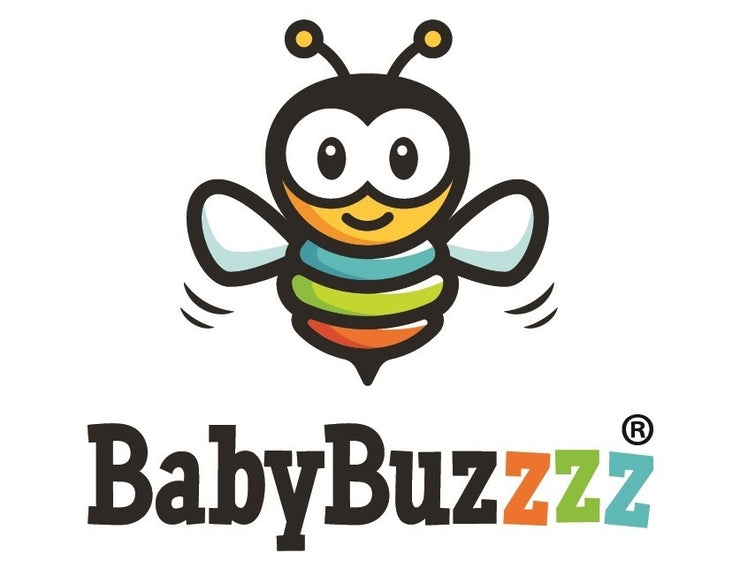How & Why We Swaddle Babies
Swaddling is the art of snugly wrapping a baby in a blanket for warmth and security. For thousands of years mothers have swaddled their babies for its comforting effects.
It can keep your baby from being disturbed by their own startle reflex, and it can help them stay warm and toasty for the first few days of life until their internal thermostat kicks in.
Swaddled babies can also experience less anxiety allowing them to feel calmer and sleep better.

Here we’ve put together a few reasons why and when people may choose to swaddle their baby.
1.) HELPS SOOTHE
Swaddling your baby may not immediately soothe your crying baby or lull them instantly to sleep. In fact, the process of being swaddled may make them frustrated and thus (briefly) cry more loudly, convincing some parents that their babies hate being swaddled. Persevere, as swaddling creates the foundation for which other soothing techniques (white noise, motion, etc.) build upon. Start with the swaddle and then layer on additional soothing techniques (pacifier, loud white noise, movement) to calm a crying baby and encourage sleep.
2.) REDUCE SIDS
Studies have shown one of the many positive results was that swaddling reduces the rate of SIDS. The current assumption is that swaddling makes it hard for newborn babies to inadvertently cover their heads or face with bedding and decreases their ability to flip over onto their stomachs, both of which have been linked to higher rates of SIDS in newborn babies.
Safety Note: Never put baby to sleep on their stomach. Never EVER put a swaddled baby to sleep on their stomach. If your baby can flip from their back to their stomach WHILE swaddled, then your swaddling days are over. Swaddling is only to be used for babies on their backs. Being swaddled while sleeping on their stomach creates a greater risk of SIDS than sleeping on their stomach alone.
3.) IMPROVED NEUROMUSCULAR DEVELOPMENT
Many people feel that newborns need to have their hands free so that they can practice using their arms, figure out how to get their hands into their mouths so they can self-soothe by sucking on fingers, etc. However, most of the movement of a newborns limbs is unintentional and random. Immobilising their arms helps them to develop better motor skill organisation. Swaddling is especially helpful for premature babies.
4.) CRY LESS
Babies cry regardless of what level of mastery in baby soothing you have achieved or how easily soothed your baby is. However, in addition to helping other soothing techniques to work more effectively, studies show swaddling alone seems to result in a 28% reduction in crying. Worth a try just for this statistic alone!
5.) BETTER SLEEP
Your newborn baby will sleep better and sleep longer if you put them to sleep while swaddled. Swaddling prevents newborn babies from startling themselves awake with random arm movements. And swaddling stimulates sleep continuity, which is a fancy doctor way of saying that it helps them to sleep longer. While newborns are renowned for their ability to take itty bitty naps all day long, certainly our goal is to help them settle into longer continuous windows of sleep. And swaddling will help them to do that quite effectively!
HOW TO SWADDLE A BABY
- Fold the top corner of the swaddle down, and place baby on back in the centre with shoulders just below the fold.
- Place baby’s right arm alongside the body, slightly bent. Take the same side of the swaddle and pull it securely across baby’s arm and chest, tucking the fabric under the baby. Leave the left arm free.
- Fold the bottom of the swaddle up and over baby’s feet. Tuck the point of the fabric into the top of the swaddle, if it reaches.
- Place baby’s left arm alongside the body, slightly bent. Take the remaining swaddle, and wrap it over baby’s arm and chest, tucking the fabric under baby to secure the swaddle.
- Ensure the swaddle is not too tight. Always allow at least a two-finger gap between baby’s chest and the swaddle to allow movement for breathing.


